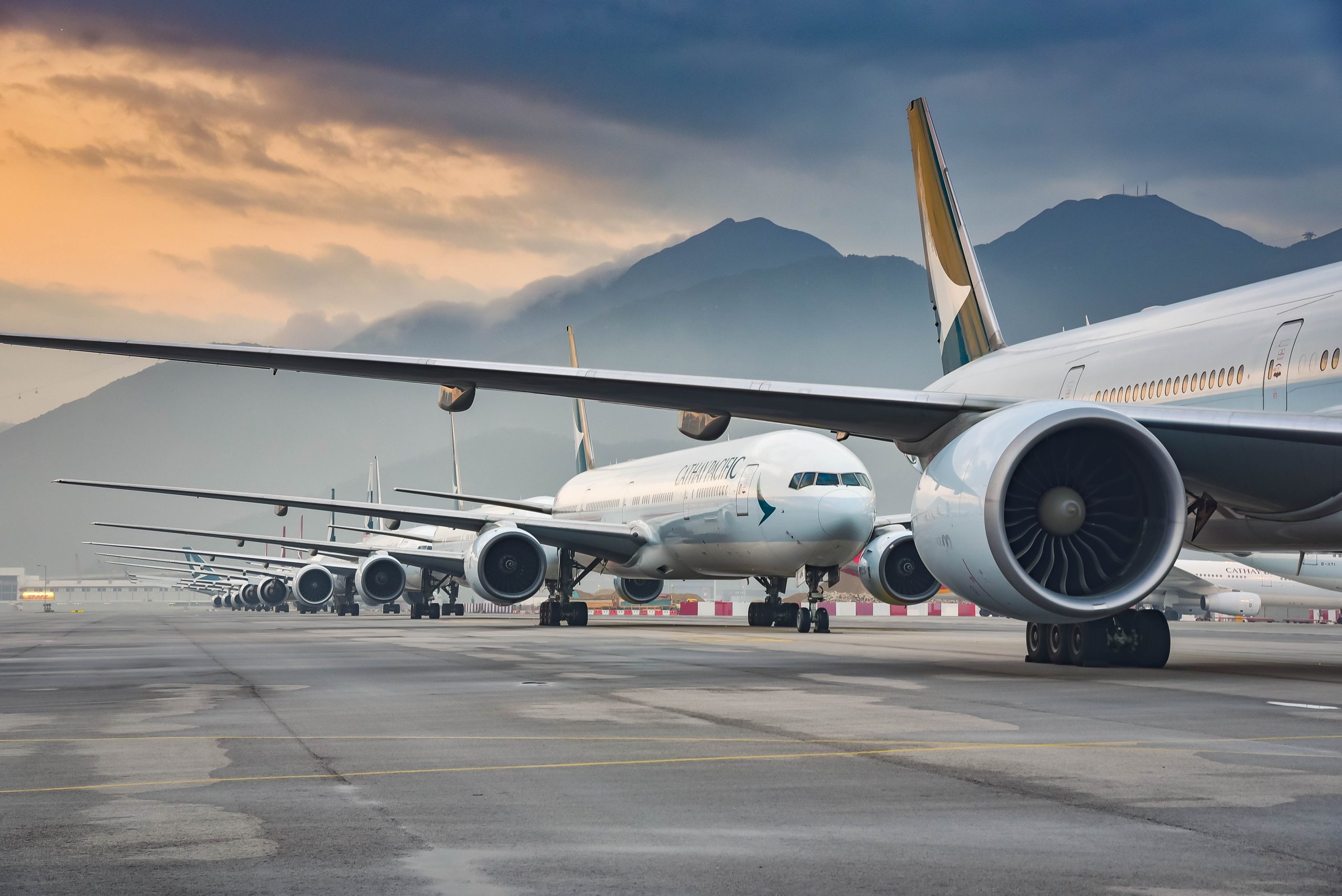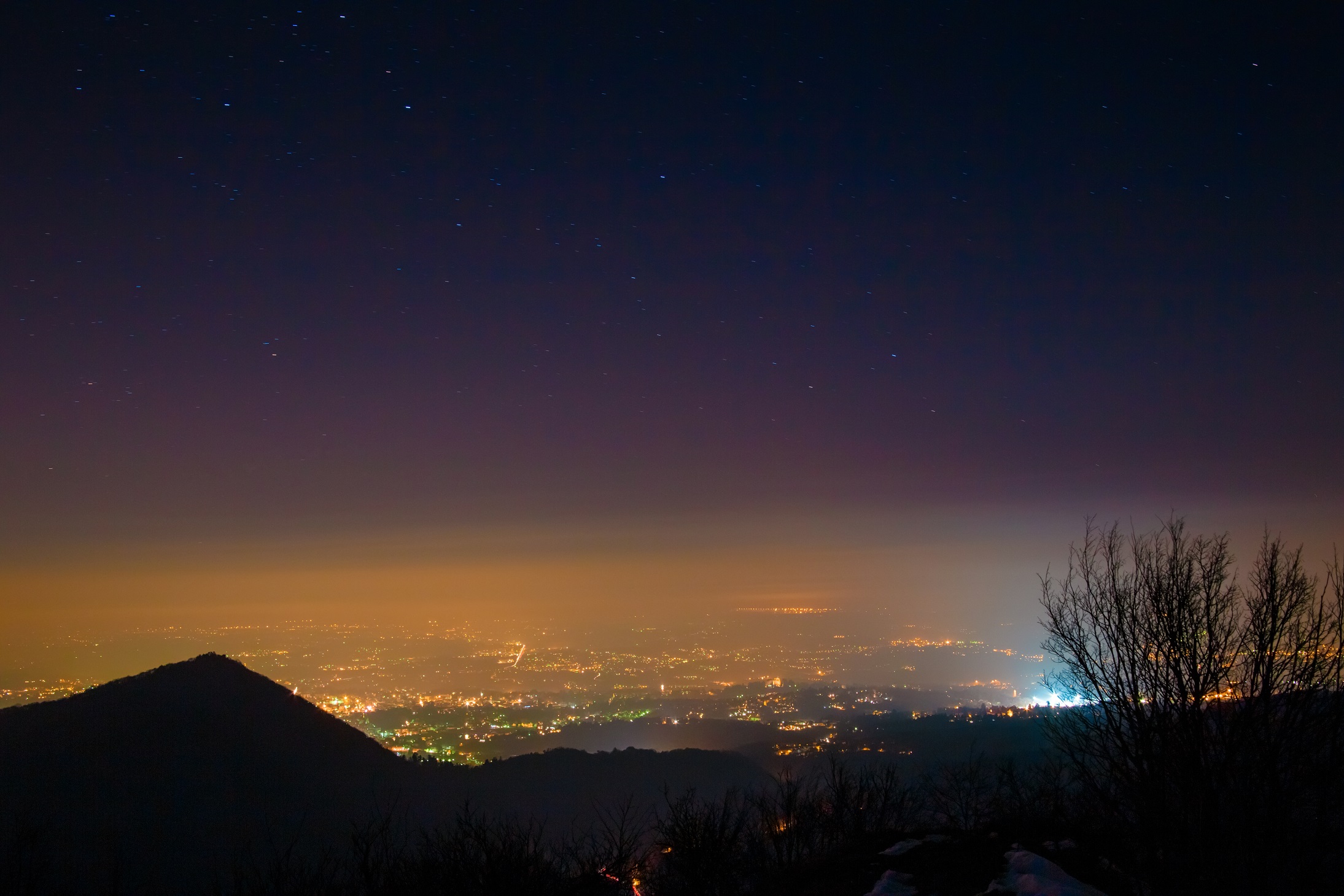Everything you want to know about flying but are afraid to ask

Is turbulence dangerous? Which is the best seat on the plane? Why is the air in a plane so dry and the temperature lower? What should you bear in mind before travelling? Be sure to read up before you go on holiday!
More than half of Poles declared at the beginning of the year that they were planning a holiday trip (CBOS, 2023). Of this group, 42 per cent intended to spend their holiday abroad. Mediterranean countries – Turkey, Greece, Egypt, Spain – dominate among the most popular destinations. Places where tourists will arrive by plane.
We wrote about how to travel sustainably, including by air, here. Today we explore the topic of flying and answer questions from curious passengers.
How is an aircraft prepared for a flight?
A plane found to have a defect won’t be allowed to fly. Inspections are carried out regularly and in a very rigorous manner. This makes aviation one of the safer modes of transportation.
Before each takeoff, mechanics check the technical condition of the aircraft. They also inspect it from the outside to ensure it’s not damaged, and repair any defects reported by the pilots. They also check technical documentation along with emergency and rescue equipment. If the vehicle is covered in ice or snow, they have to de-ice it with special chemicals. Airport staff also make sure that the runway is clear.
In addition, each aircraft goes through so-called ABC checks, where A and B are lighter inspections (every two days or every week) as well as heavier, periodic C and D checks (such as after flying a certain number of hours).
While passengers are going through security checks and waiting to board, the flight crew checks the cleanliness of the aircraft, the effectiveness of the sanitary facilities, the number of meals, blankets or headphones. The ground crew loads luggage into the hold, and also replenishes fuel and water.
Can the pilot choose any route?
It would seem that since there are no limits in the sky, any aircraft can fly straight to its destination by the shortest route. Nothing could be further from the truth! The sky is crisscrossed by a network of routes, called airways. You can see them clearly on flight-tracking websites.
The airspace is divided into controlled and uncontrolled zones. The latter is where small aircraft (such as private planes) can fly. The former is for passenger and cargo aircraft and, as the name suggests, is supervised by air traffic controllers. They are the ones who make sure that traffic in the sky is safe and uninterrupted. They are another pair of pilots’ eyes, but also traffic cops who can order RTK corrections when weather conditions change, for example.
Before each takeoff, a pilot must submit a flight plan to the air traffic service, which includes the departure and destination airport, route, cruising speed and cruising level. Only after its approval can he get permission to take off.
Flying by the shortest route is the fastest and cheapest, but not always possible. Sometimes the airways are crowded, or some sectors are closed at certain times. Politics also affects flight planning; for example, Russia’s attack on Ukraine caused the closure of space over Ukraine.
In addition, the ban on flights over the European Union countries for Russian airlines (and, in response, over Russia for EU aircraft) meant that new routes had to be found for flights from Europe to Asia.
Before the Covid-19 pandemic, the busiest airway was the route between Seoul and Jeju in South Korea. It is 449 kilometers long and in 2018 there were 250 flights per day. Due to its congestion, planes had to enter it at fifteen-minute intervals.
What is turbulence?
The message to fasten your seatbelt is heard on board, and the flying plane goes into vibration. More than one passenger is already bidding a farewell to their life, and this is, after all, turbulence, an extremely common phenomenon. Its cause is the convective (i.e. heat-induced) movements of the air.
– The air isn’t still, as is best demonstrated by wind, an “orderly” movement of air. And since there can be orderly motion – there can also be disorderly motion, which is precisely what turbulence is. It can be imagined as a cauldron of vortices of different sizes, speeds and shapes,” explains Paweł Ruchała. The source of turbulence can also be the air vortices created on the leeward side of a mountain or a change in wind speed.
Modern aircraft are designed to reduce the effects of turbulence, for example, they are equipped with a system that suppresses the gusts of air. Because turbulence was, is and will be, and one shouldn’t be afraid of it. Although they are not pleasant – they will affect us least if we take a seat above or just behind the wing.
Can lightning damage an aircraft?
Like turbulence, lightning strikes occur regularly. Statistically, one per year for each aircraft. But the last airplane to crash for this reason was over 60 years ago, in 1963. It was a Pan Am Airlines Boeing 707-121, flying from Baltimore to Philadelphia. As it approached landing, its wing was struck by lightning. It caused an explosion of fuel vapor in the reserve tank. Eighty-one people died that day.
The metal structure of the fuselage (still covered with a special coating) makes it a good electrical conductor. If it is struck by lightning, the electric charge contained in it passes through the fuselage without reaching the interior. Consequently, passengers are safe, but their delicate electronic devices – not always, which is why pilots often decide to make an emergency landing after being struck by lightning.
Why are there flaps on the wings that move up and down?
– When an airplane flies horizontally, it is carried by the lifting force – resulting from the pressure difference above and below the wing. It must be equal to the weight of the aircraft – otherwise it would not fly horizontally but accelerate up or down. But this effect can be achieved in various ways, explains Paweł Ruchała. – First, by accelerating: the faster we fly, the greater the force that lifts us. But during takeoff, we want to fly as slowly as possible to “fit on the landing strip.” So, we need to increase the lifting force in other ways, such as elevating the nose (expertly speaking: increasing the angle of attack) or extending the flaps, which improve the lifting capacity of the wings. During landing – the desire to fly as slowly as possible is accompanied by the desire not to accelerate, that is, to increase resistance. Therefore, for landing, the flaps extend more than during takeoff, and in addition, pilots open the airbrakes, also known as spoilers. Many passengers, watching the wing during landing, wondered where all these devices fit,” he adds.
Why are the windows in an airplane round?
Not only them, by the way – also the doors. During flight the fuselage is constantly working and various forces impact it. In the case of a window, the spot they affect most strongly are the corners. Therefore, instead of a right angle, a rounded shape is designed, which makes sure that the forces are distributed evenly and the window does not break.
In the history of aviation, various window shapes have been tested – square and even triangular. In the 1950s, after a series of de Havilland Comet plane crashes (it was the first commercial passenger jet), it was determined that square windows were the cause. This was because there was strain in their corners, which caused damage to the fuselage and unsealing of the cabin.
Besides, the windows in the aircraft are not filled with ordinary glass, but with three panels of acrylic. Interestingly, there is a small hole in the middle one. It is supposed to help equalize atmospheric pressure between the layers of the window.
Why is it necessary to uncover the windows during takeoff and landing?
Keep in mind that the highest number of accidents occur during takeoff and landing. If the passengers have their blinds up, they and the crew can see what’s going on outside and what the weather conditions are like. When a dangerous situation occurs, they know which way is best to evacuate. And additionally – the emergency services can then see what is happening inside the aircraft.
Also, for safety reasons, if the plane lands or takes off after dark, lights are turned off in the cabin. The idea is to let the eyesight of those on board get used to the darkness. Takeoff and landing are also moments when one is not allowed to sleep.
Why is it cold on a plane and the air is so dry?
Dry skin, eyes, irritated throat and nose – this are common results of air travel. The air inside them has a humidity of about 20 percent, which is like that of the Sahara Desert. This is because at cruising altitude the air is cold, and therefore contains less water. And it’s what we breathe when we fly in an airplane. Air from outside and that sucked out of the cabin, cleaned by HEPA filters, enters the cabin through the ventilation system – equally half each. The air is exchanged 18 to 25 times an hour, and the complex process of cleaning it makes it free of viruses, bacteria or fungi. The air in an airplane is thus cleaner than in many places on earth.
Why, then, are we more likely to catch a cold in the air than on the ground? This is because the risk of contracting infectious diseases is as much as 113 times higher on an airplane. The main culprits here are being crowded in a small space, sometimes for many hours, and dry air. Dry nasal mucous membranes provide an ideal route for bacteria or viruses.
It’s also cold, but that’s actually good for our health. That’s because it has been noted that people faint more often on airplanes than on land. There were two reasons – low pressure and heat. While the first one can’t be changed, reducing the temperature proved to be a salvation for many people. The cold is also an ally of people who have motion sickness.
How else do pressure and low humidity affect our bodies? We register sweet and salty tastes worse, so food tastes different. Our bodies get bigger because the gases in our intestines expand – hence the feeling of bloating and the need to loosen the belt of our pants.




